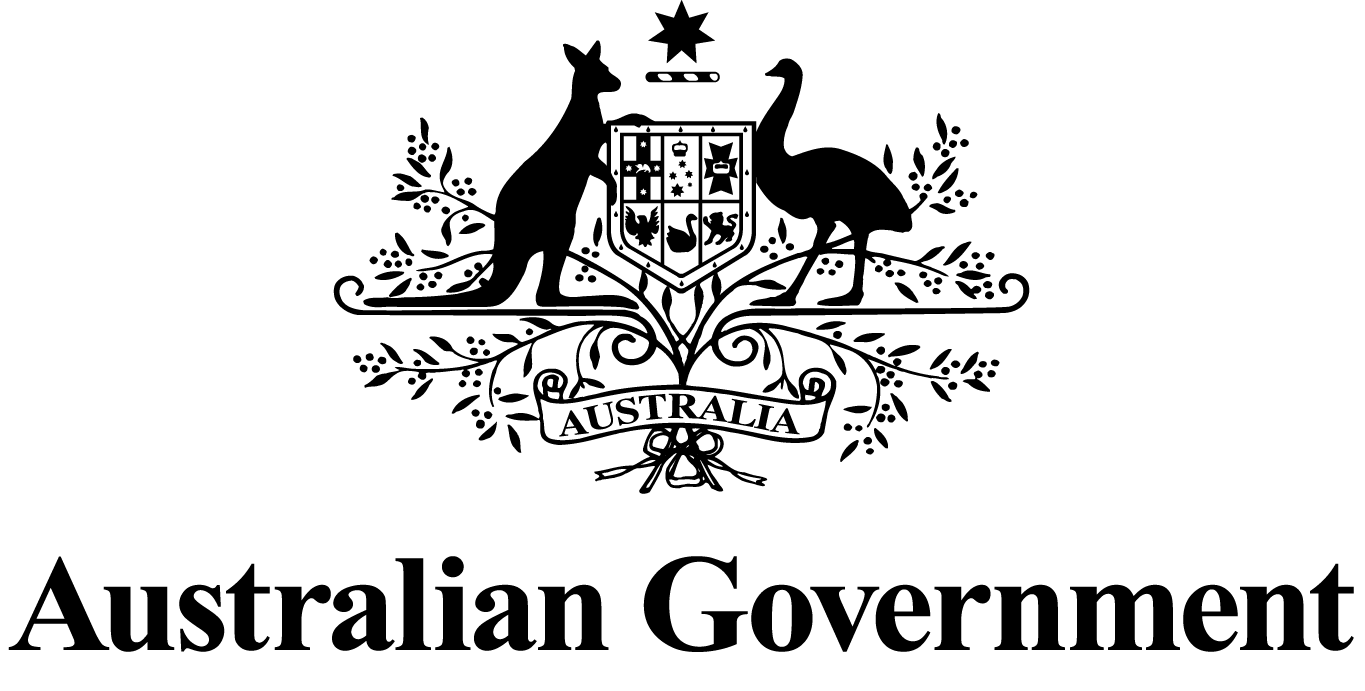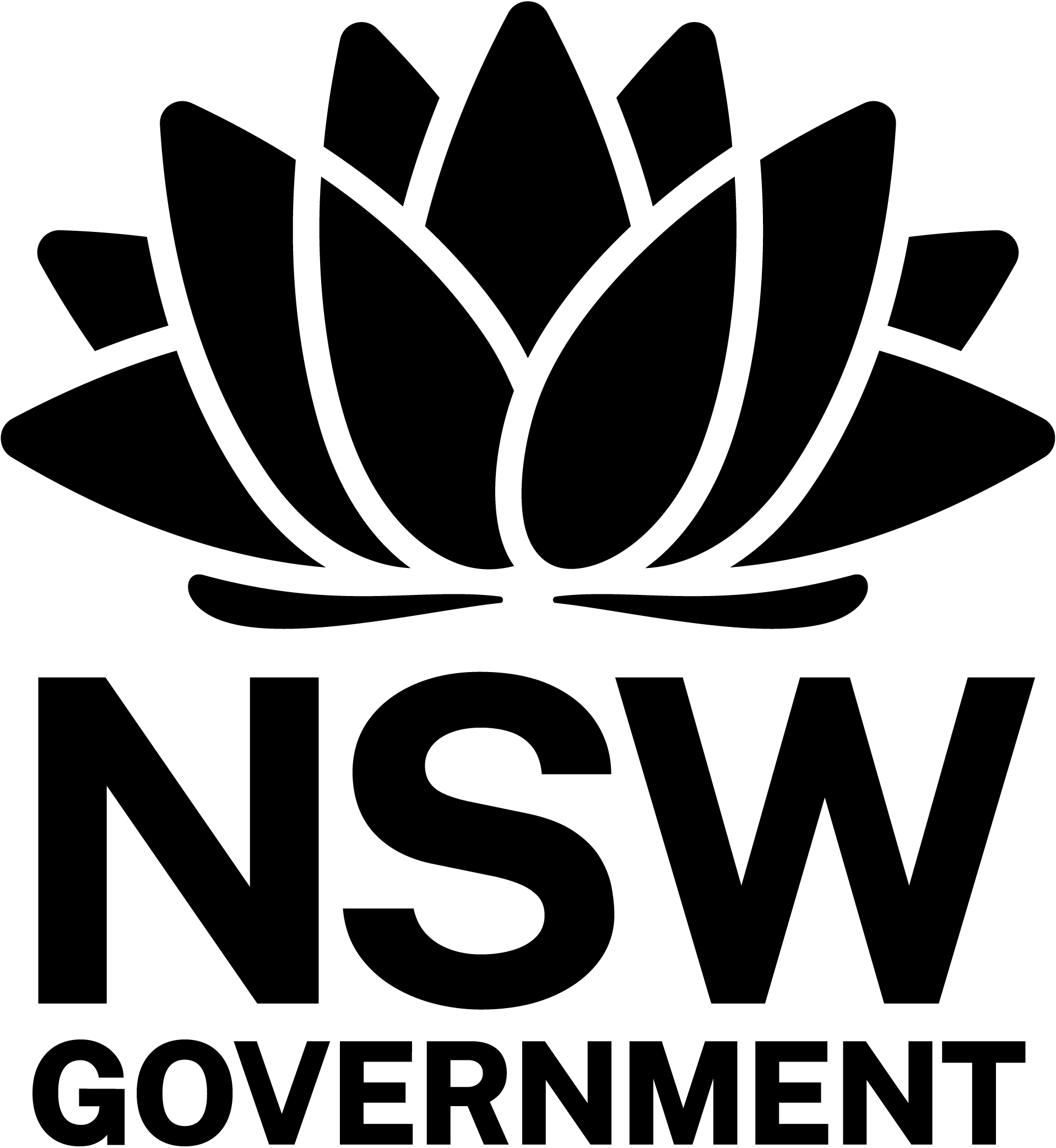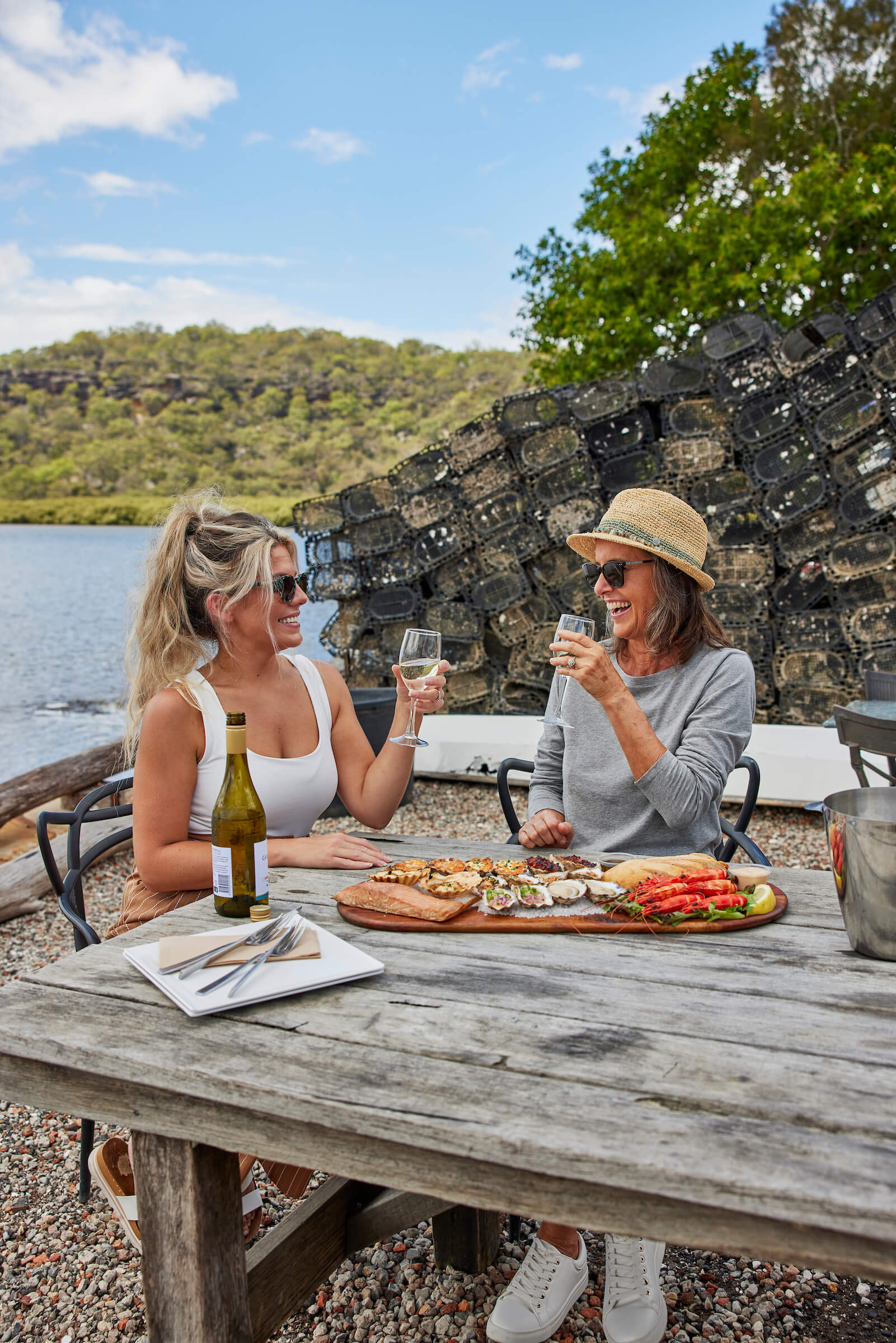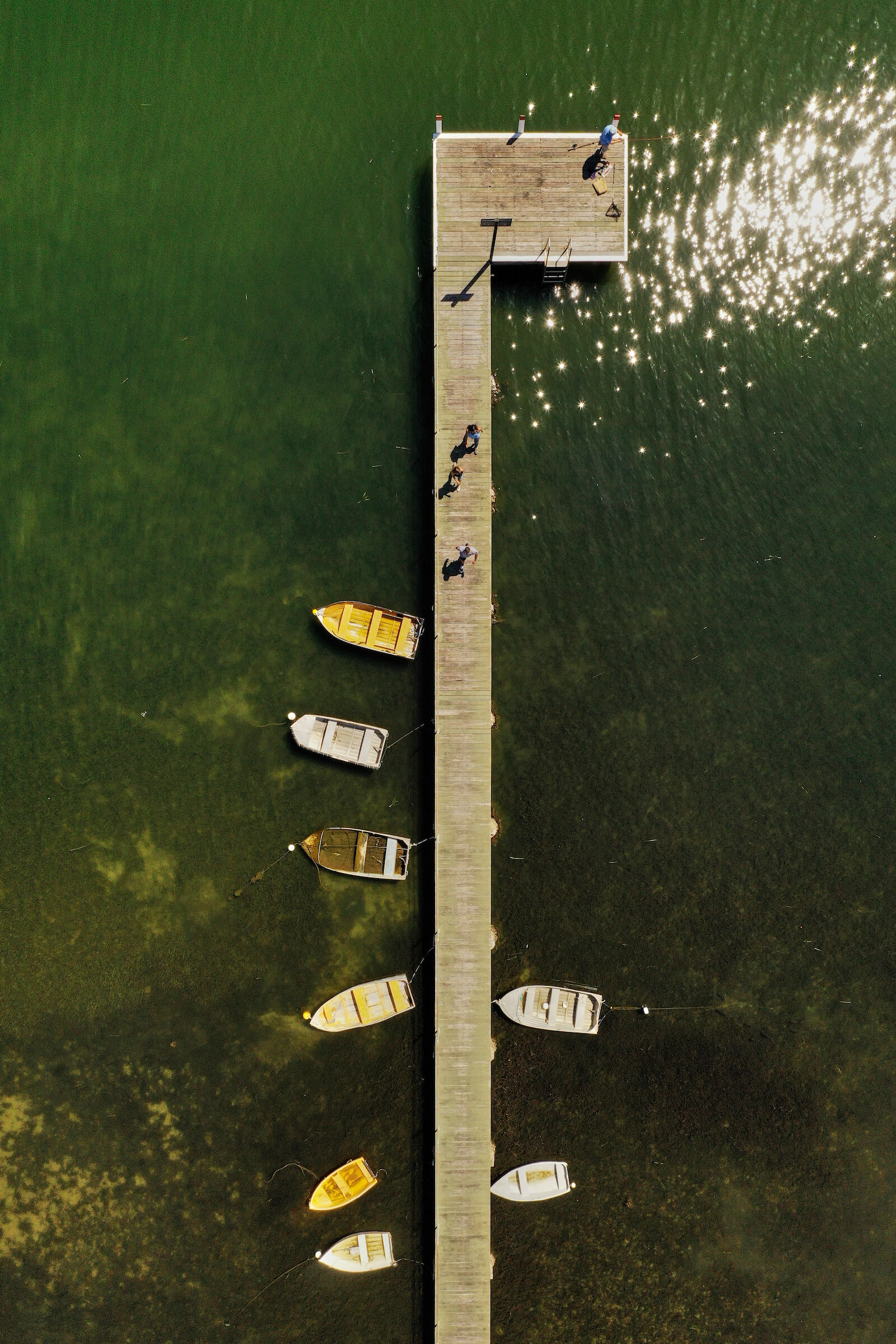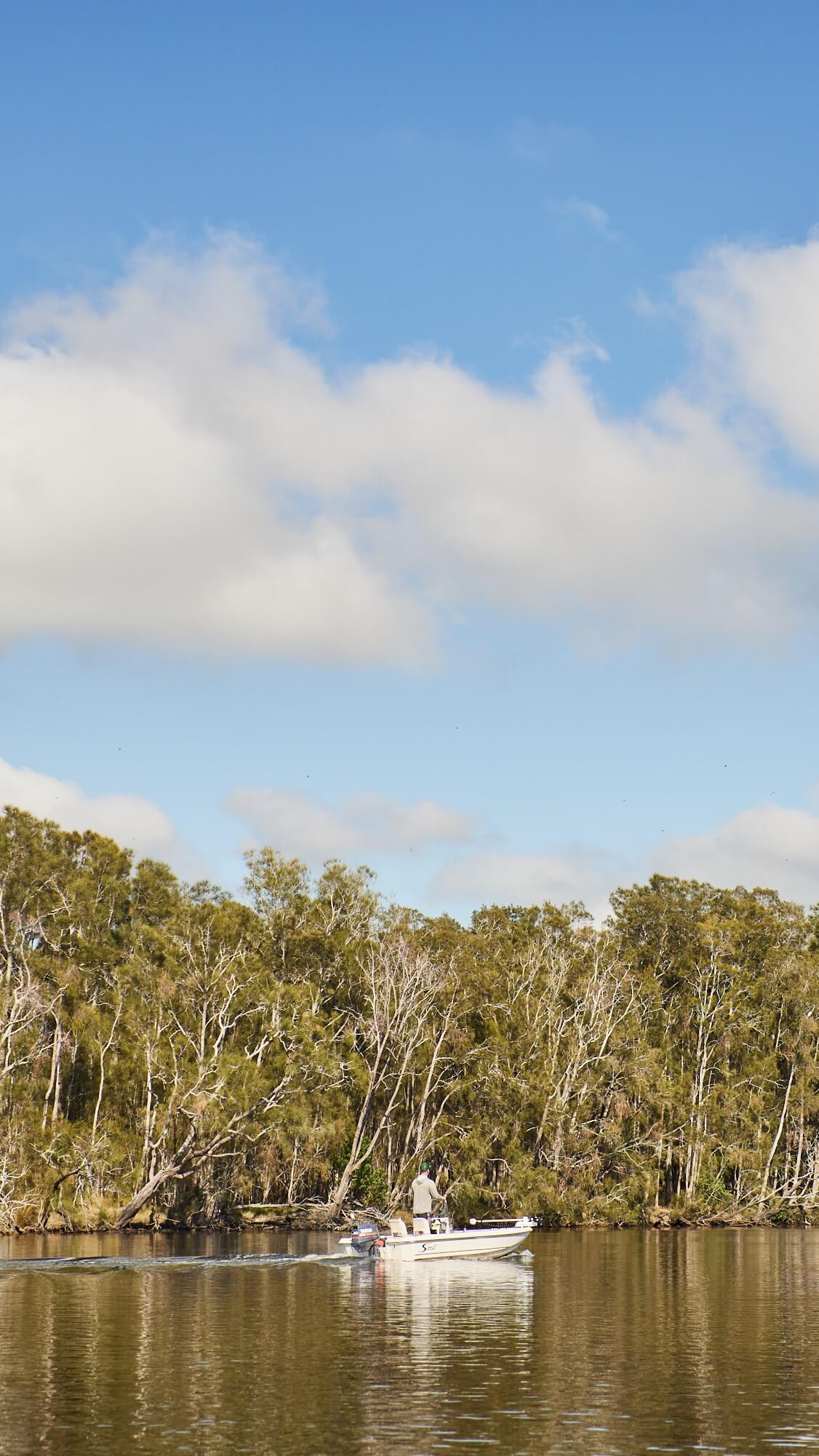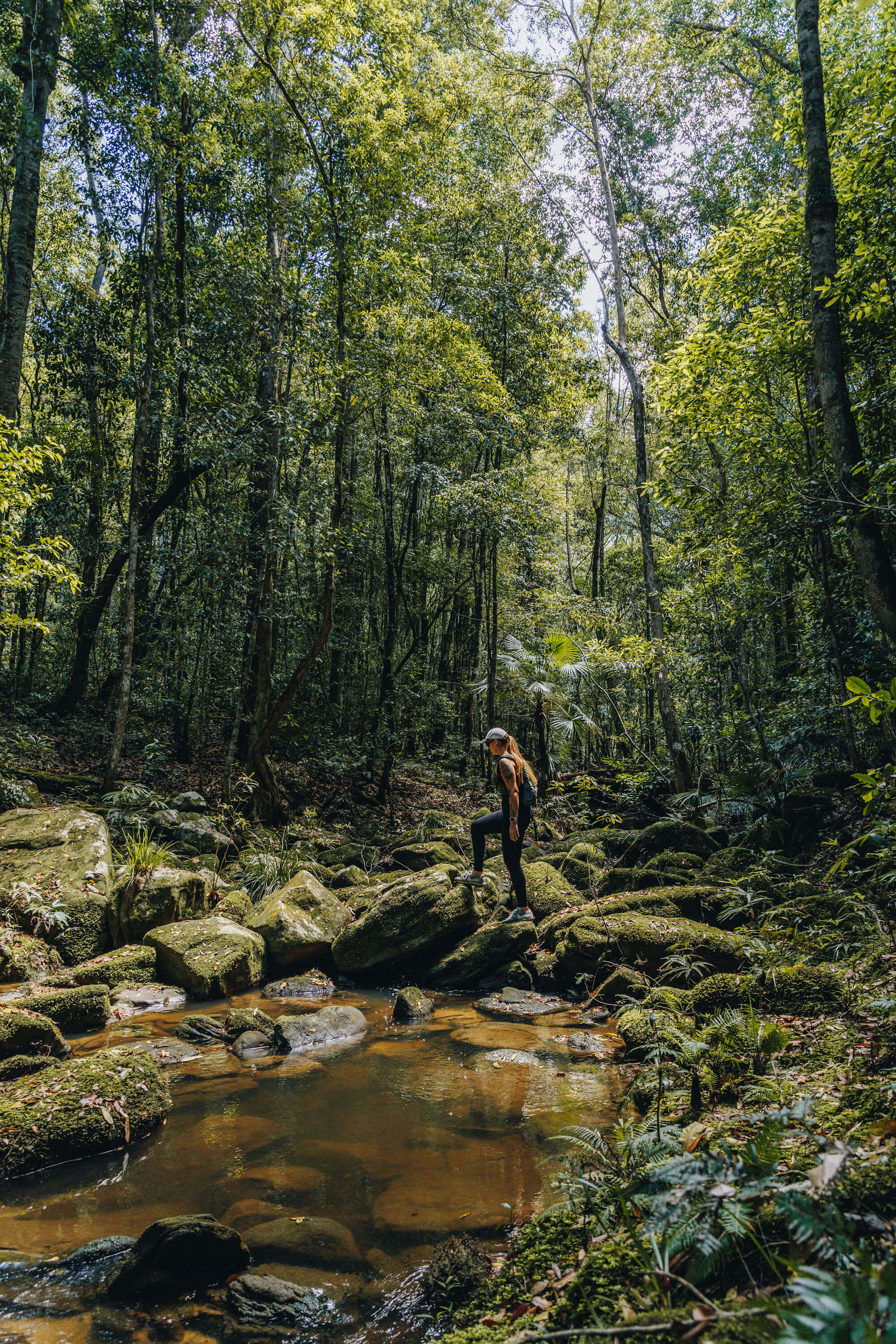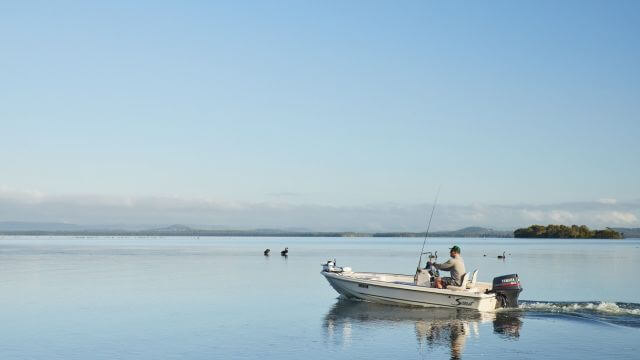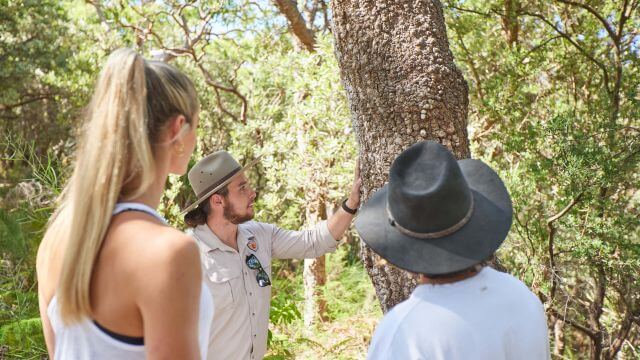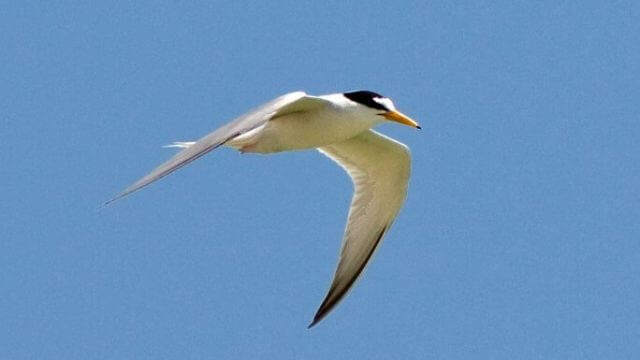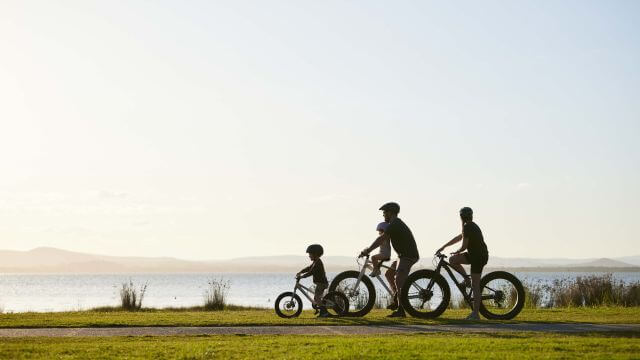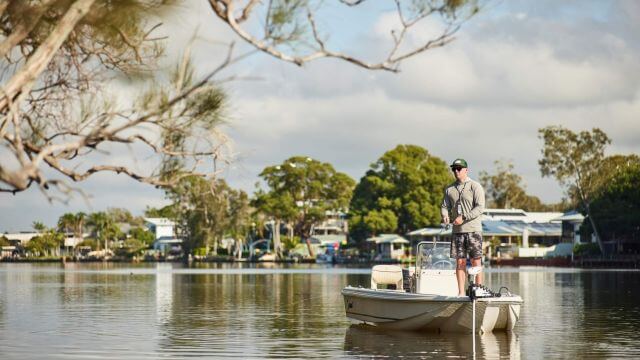
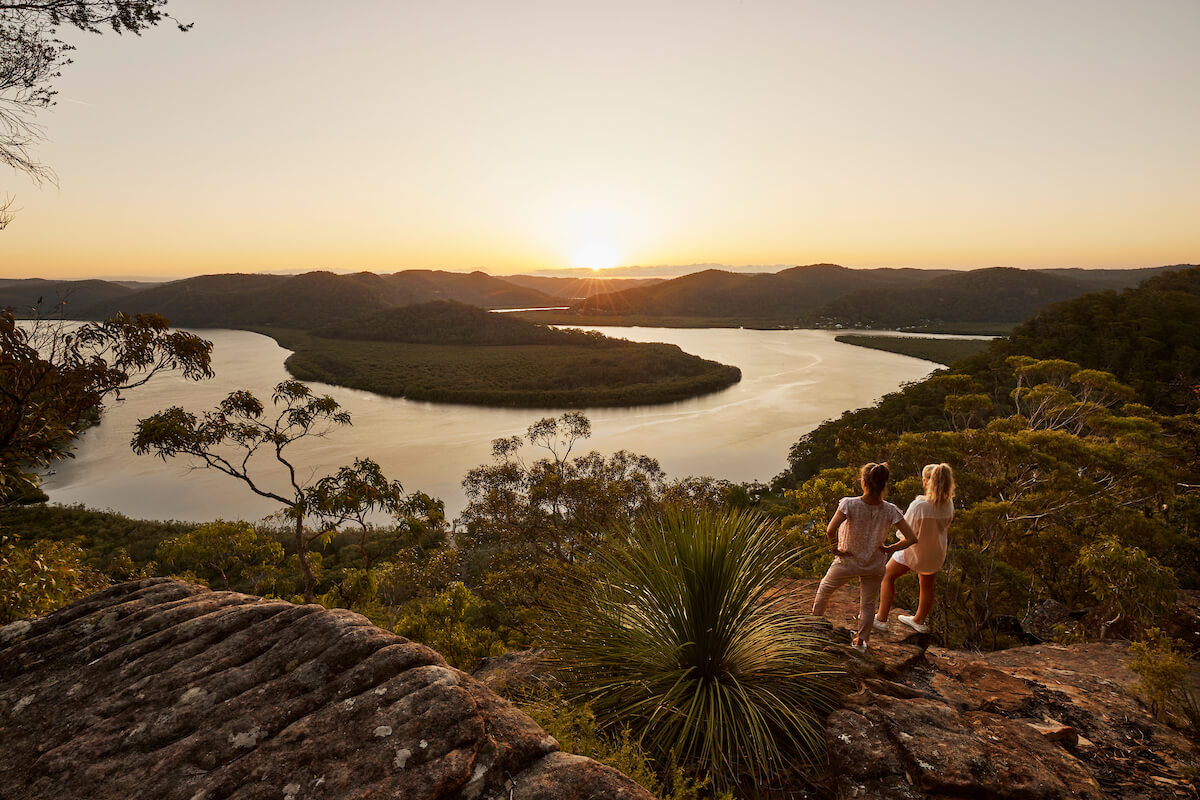
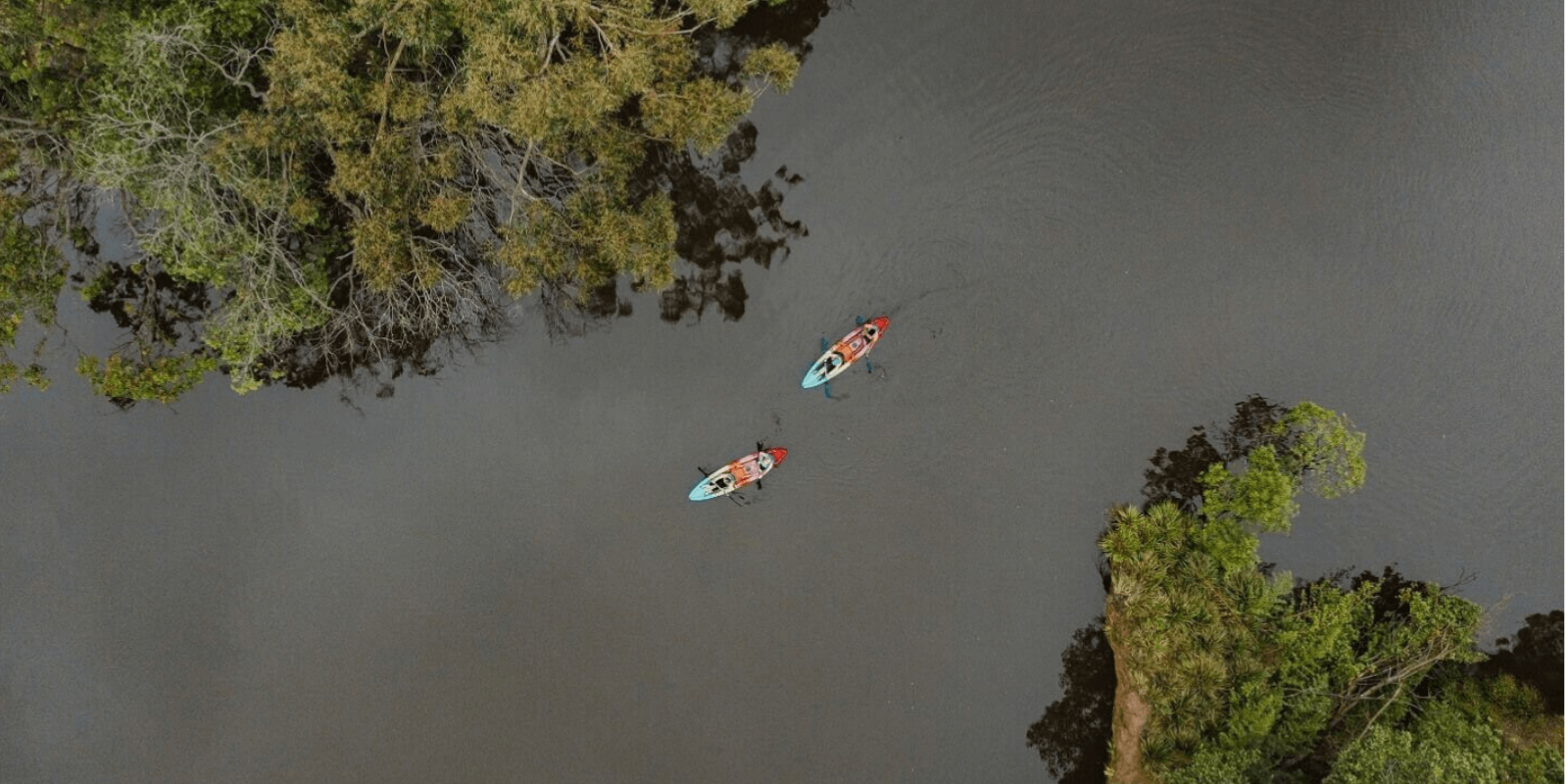
How we measure waterway health
Central Coast Council proactively monitor ecological health of water bodies to assess condition, measure change and improvements. How? Scientists sample sites, collect data on conditions, water chemistry, and biological indicators, aligned to NSW protocols for comparison - this is reported annually.
More ways to love our waterways...
This project has been funded under the Bushfire Local Economic Recovery Fund, co-funded by the Australian and NSW governments.